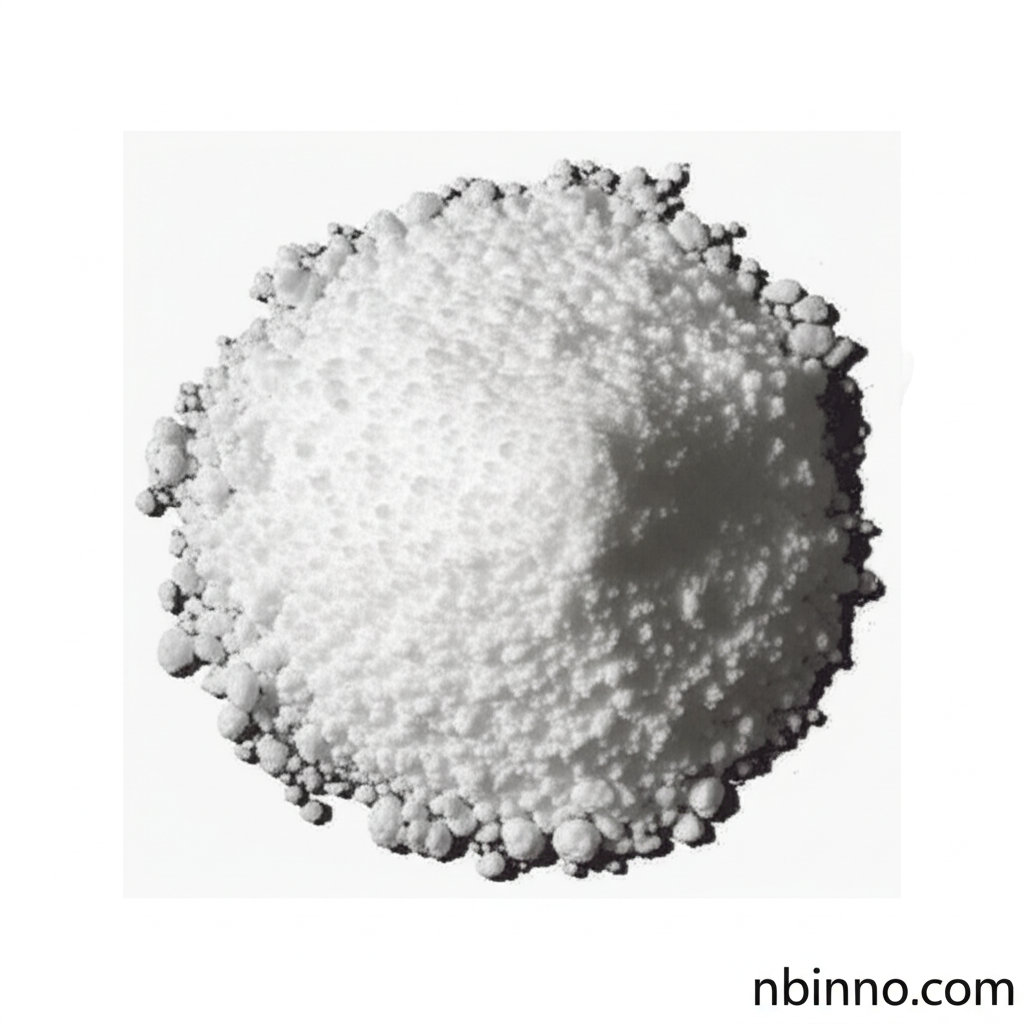5-Methyl-Pyrrole-2-Carboxylic Acid: A Key Intermediate for Organic Electronics
Unlock the potential of your organic electronic devices with this high-purity synthesis building block.
Get a Quote & SampleProduct Core Value

5-Methyl-Pyrrole-2-Carboxylic Acid
This compound serves as a critical building block in the synthesis of advanced materials for the organic electronics industry. Its specific chemical structure and high purity make it ideal for applications demanding precise molecular engineering.
- Discover the versatility of 5-Methyl-Pyrrole-2-Carboxylic Acid in advanced organic synthesis, enabling the creation of novel electronic materials.
- Leverage the benefits of ordering 5-Methyl-Pyrrole-2-Carboxylic Acid for your research and development in optoelectronics.
- Explore the utility of this compound for developing cutting-edge OLED/OFET/OPV materials, driven by its unique pyrrole structure.
- Understand the importance of high-purity chemicals like this one when you buy 5-Methyl-Pyrrole-2-Carboxylic Acid for scientific applications.
Advantages You Gain
Enhanced Material Performance
Utilize 5-Methyl-Pyrrole-2-Carboxylic Acid to develop next-generation organic electronic components, improving device efficiency and longevity, and fulfilling the need for advanced OLED materials.
Precise Chemical Synthesis
Its well-defined chemical properties, including a 97% minimum purity, ensure reliable and reproducible results in complex organic synthesis pathways, crucial when researching OFET materials.
Application Versatility
This compound is instrumental in creating materials for diverse applications, from organic light-emitting diodes to organic field-effect transistors and organic photovoltaics, supporting the development of OPV materials.
Key Applications
OLED Development
As a crucial intermediate, 5-Methyl-Pyrrole-2-Carboxylic Acid plays a vital role in the synthesis of emissive and charge-transporting layers for advanced OLED displays, facilitating the creation of vibrant and efficient lighting solutions.
OFET Fabrication
This compound is utilized in the design and production of organic semiconductors for field-effect transistors, contributing to the development of flexible electronics and low-cost integrated circuits.
OPV Technology
The unique properties of pyrrole derivatives make 5-Methyl-Pyrrole-2-Carboxylic Acid valuable in the research of organic photovoltaic cells, aiding in the enhancement of power conversion efficiency and material stability.
Specialty Organic Synthesis
Beyond electronics, this chemical is a versatile reagent in broader organic synthesis projects, offering a reliable building block for complex molecular architectures and contributing to advancements in fine chemical intermediates.
